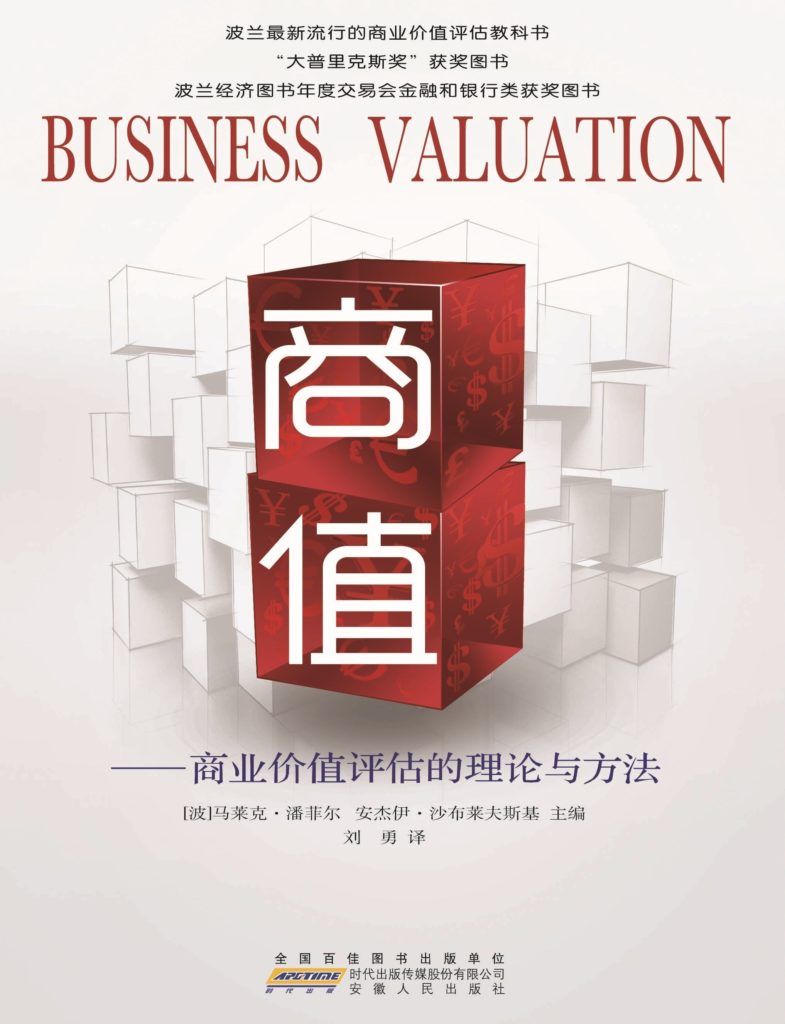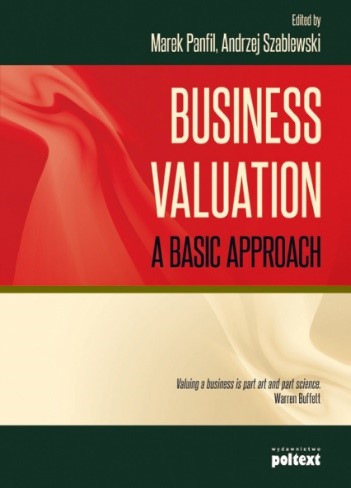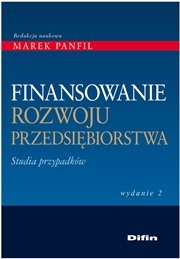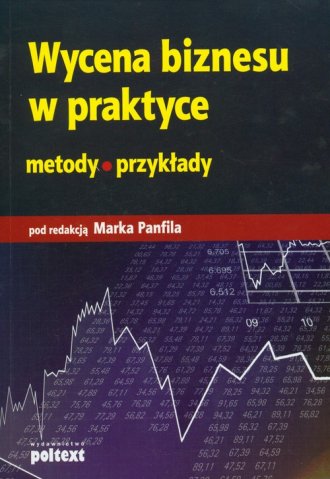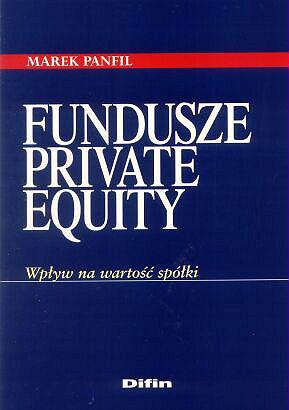Table of contents
1. History, Standards and Techniques of Enterprise Valuation (Marek Panfil, Andrzej Szablewski)
1.1. Philosophical, Sociological and Economic Context of Value Categories
1.2. Development of Enterprise Valuation Techniques in the 20th and 21st Century
1.3. Enterprise Value Standards
1.4. Enterprise Value Drivers
1.5. Enterprise Valuation Approaches
1.6. Conclusions
2. Cost of Capital (Marcin Pęksyk)
2.1. Definitions and Practical Application
2.1.1. Basic Terms
2.1.2. Weighted Average Cost of Capital (WACC) vs. Microeconomic Perspectives
2.2. Models for Calculating the Basic Cost of Equity
2.2.1. Dividend Discount Model
2.2.2. Build-Up Method
2.2.3. Capital Asset Pricing Model
2.3. Models for Calculating the Basic Cost of Debt
2.3.4. Yield to Maturity Method
2.3.5. Challenges in Establishing the Cost of Debt
2.3.6. Estimating Cost of Capital in Emerging Markets
2.4. Calculating WACC: Case Studies
2.4.1. Peer Selection
2.5. Conclusions
3. Enterprise Risk Valuation (Jan K. Solarz)
3.1. Evolution of Risk Management
3.2. Types of Enterprise Risk
3.3. Influence of Risk Management Quality
3.4. Conclusions
4. Influence of Market Risk: KGHM Polska Miedź SA Case Study (Jarosław Romanowski, Radosław Załoziński)
4.1. Characteristics of KGHM
4.2 Financial Risk Management in Practice
4.2.1. Financial Risk Measurement
4.2.2 Goals and Motives
4.2.3. Influence of Market Risk Management
4.3. Impact of Hedging on P&L Statements
4.4. Influence of Market Conditions
4.4.1. Application and Impact of Discounts
4.4.2. Value Creation Strategies
4.5. Conclusions
5. Impact of Crude Oil Market Changes: Exxon Mobil Case Study (Wojciech Potocki)
5.1. Petrochemical Companies Overview
5.2. Influence of Macroeconomic Factors
5.3. Crude Oil Prices: Statistical Characteristics
5.4. Crude Oil Market: [Two Instability Dimensions]
5.5. Crude Oil Prices: Long-term Forecasting
5.6. Operating Profit Calculation Model
5.7. Conclusions
6. Real Estate Valuation vs. Enterprise Valuation in the Economy of Instability (Elżbieta Mączyńska)
6.1. Post-Industrial Economy of Instability
6.2. Economy and Valuation at the Crossroads
6.3. Global Dimensions of Valuation
6.4. Interpretation of Global Data
6.5. Enterprise Valuation vs. Real Estate in Poland
6.6. Conclusions
7. DCF Valuation (Marek Panfil)
7.1. Introduction to DCF
7.2. DCF Valuation Process
7.2.1. Financial and Strategic Analysis of the Enterprise
7.2.2. Future Free Cash Flow Forecast
7.2.3. Discount Rate Forecast
7.2.4. Discounting Future Free Cash Flow and Terminal Value
7.2.5. Interpretation of Valuation Results
7.3. Limitations of DCF
7.4. Valuation of Jutrzenka Holding SA
7.4.1. Company Description
7.4.2. Ownership
7.4.3. Peers
7.4.4. Main Risk Factors
7.4.5. Value Calculation Using DCF
7.4.6. Multiples Method
7.4.7. Establishing Fair Value
7.5. Conclusions
8. Dividend Discount Method (Andrzej Szablewski)
8.1. Capital Gains, Dividends and Buybacks
8.2. Dividend Forecasting
8.3. Dividend Discount Models
8.3.1. Assumptions
8.3.2. Basic Valuation Models
8.3.3. Constant Dividend Model
8.3.4. Constant Dividend Growth Models
8.3.5. Multistage Dividend Growth: Two- and Three-Stage Models
8.4. Conclusions
9. Geological and Mining Assets Valuation: KGHM Polska Miedź SA Case Study (Herbert Wirth)
9.1. Review of methods and their selection depending on project development stage
9.2. Project valuation approaches and methods
9.3. Projects acquired by KGHM Polska Miedź SA: case studies
9.4. Conclusions
10. Measuring the Value of Customers (Barbara Dobiegała-Korona)
10.1. Value Exchange Basis
10.2. Assessment Methods
10.2.1. Historical Data Basis
10.2.2. Customer Lifetime Value: Forecast Data Basis
10.2.3. Customer Lifetime Value: A Narrow Approach
10.2.4. Customer Lifetime Value: A Broad Approach
10.3. Practical Application
10.4. Conclusions
11. Valuation of Intangible Resources (Monika Marcinkowska)
11.1. Intangible Resources Impact on Enterprise Value
11.2. Intangible Resources vs. Intangible Assets
11.3. Intellectual Capital
11.4. Valuation of Individual Items of Intangible Resources
11.4.1. Cost Approach
11.4.2. Market Approach
11.4.3. Income Approach
11.4.4. Real Option Valuation
11.5. Conclusions
12. IPO Valuation (Dorota Podedworna-Tarnowska)
12.1. Capital-Related and Capital-Unrelated Significance of Public Companies
12.2. IPO Requirements
12.3. IPO Value Drivers
12.4. Discounts and Underpricing
12.5. Underpricing Analysis: Warsaw Stock Exchange (2005–2010)
12.6. Case Studies
12.6.1. Infovide Matrix SA: Underpriced Flotation
12.6.2. K2 Internet SA: Overpriced IPO
12.6.3. Gino Rossi SA: Spot-On Valuation
12.7. Conclusions
13. Football Club Valuation: Juventus FC Case Study (Michał Głodowski)
13.1. Economics of the Football Business
13.2. Football Business Value Drivers
13.2.1. Europe’s Big Five Leagues
13.2.2. Ekstraklasa League in Poland
13.3. Impact of the Football Business on GDP
13.4. Publicly-Listed Football Clubs
13.4.1. Historical Trend Analysis: Premiership Case Study
13.4.2. Market Value of Selected Football Clubs
13.4.3. STOXX Europe Football Index
13.5. Football Club Valuation Methods
13.5.1. Value Drivers
13.5.2. Cash Flow
13.5.3. Juventus FC Case Study
13.6. 2012 European Championships and the Polish GDP
13.7. Conclusions

